Most of us love Rome while still being a little overwhelmed by it. The Roman Empire’s geographical spread and duration are even harder to grasp. An important exhibition drawn from the British Museum now at the National Museum of Australia (until 3 Feb) can help to clarify our understanding. Rome: City and Empire features more than 200 objects from the British Museum’s amazing collection.
It tells us how Rome grew from a cluster of small villages to a powerful, unprecedented empire of 100 million people. The legacy of the Roman Empire continues in its concepts of legislative representation; in the law with trial by jury and property rights; in architecture in the neo-classical style; engineering with roads and concrete; in languages derived from Latin; and imperial religion. Rome features some grand characters including Julius Caesar, Mark Antony, Cleopatra, the first emperor, Augustus, and Constantine. The fascinating and beautiful objects include jewellery, marble statues, frescoes, bronze masks, and marble reliefs. Some of the objects have only recently been discovered the Hoxne Treasure in Suffolk in 1992 and the Selby Hoard in Yorkshire in 2010. Dr Matthew Trinca deserves congratulations for cementing the relationship between the NMA and the BM, now enshrined for further exhibitions over the next five years. Rome is another compelling reason to go to Canberra in the off-season.
Got something to add? Join the discussion and comment below.
Get 10 issues for just $10
Subscribe to The Spectator Australia today for the next 10 magazine issues, plus full online access, for just $10.
You might disagree with half of it, but you’ll enjoy reading all of it. Try your first month for free, then just $2 a week for the remainder of your first year.

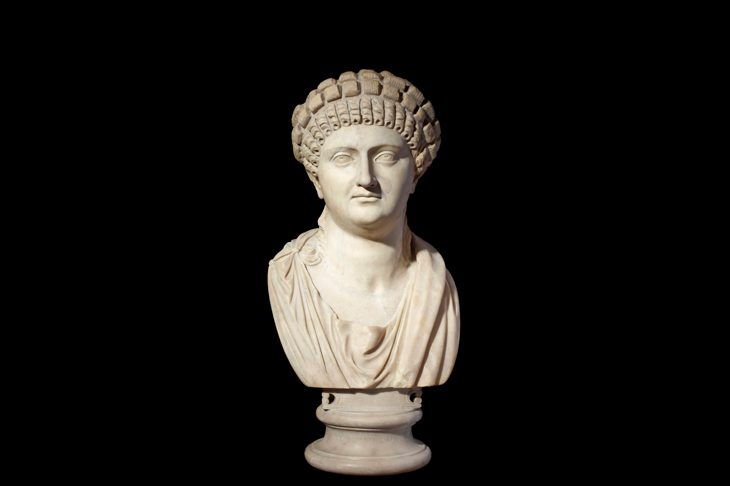
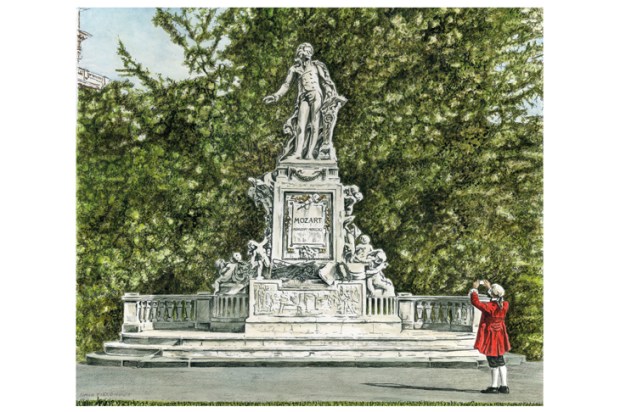
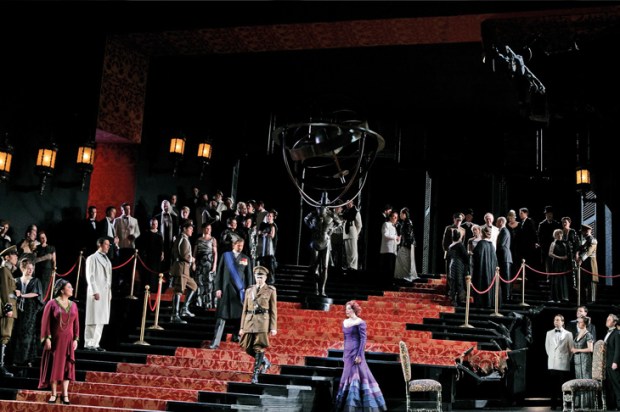

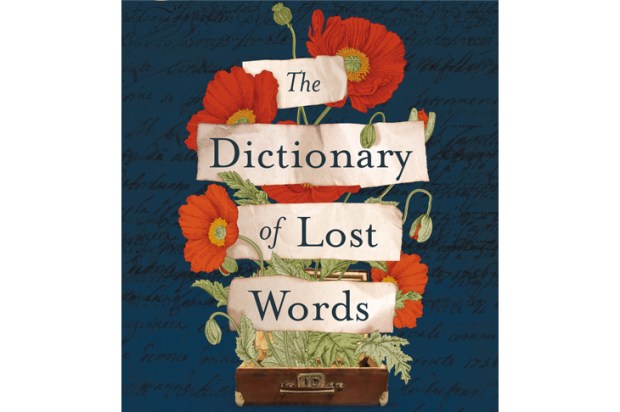
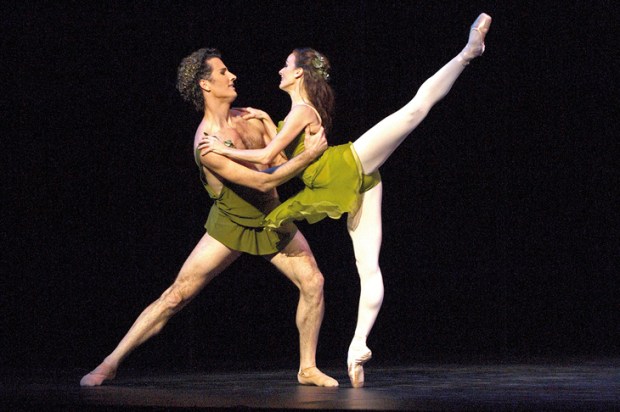







Comments
Don't miss out
Join the conversation with other Spectator Australia readers. Subscribe to leave a comment.
SUBSCRIBEAlready a subscriber? Log in